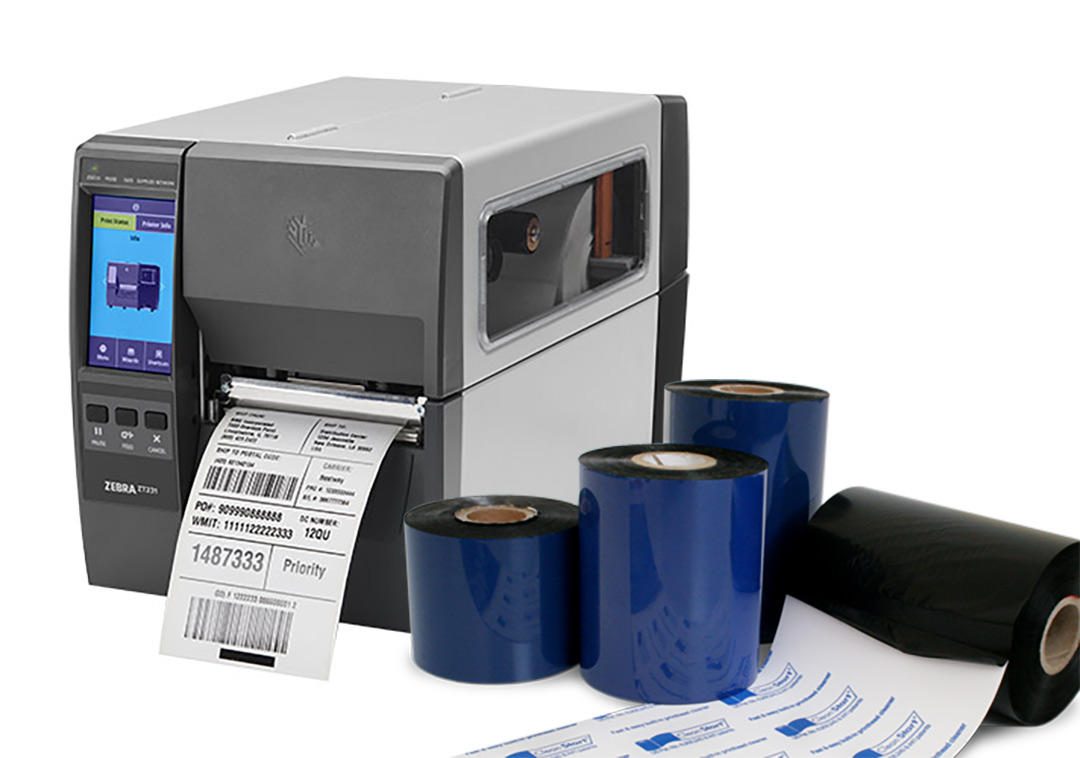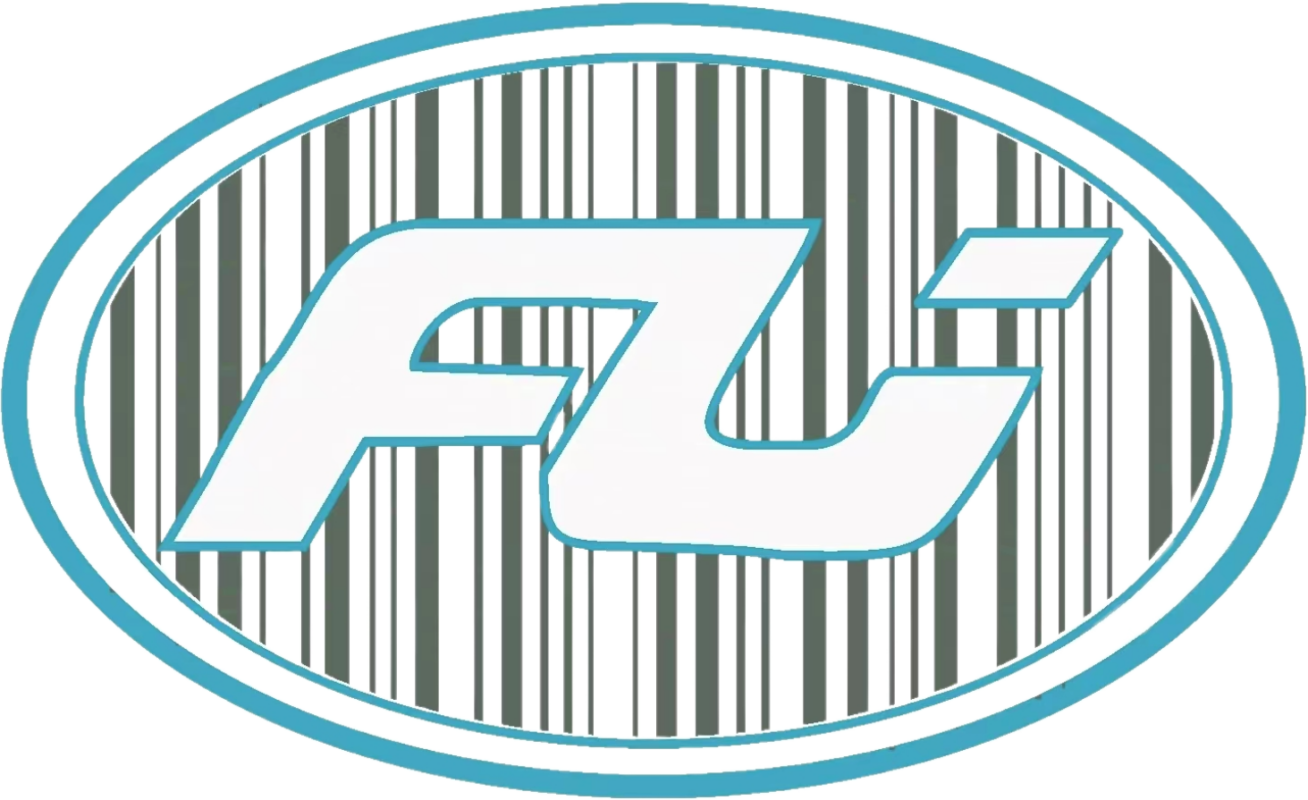ブログ
Ribbon Ink: Types, Uses, and Buying Guide for Industrial Ribbon Printing
Ribbon ink remains a crucial yet frequently ignored element that determines both quality and longevity in customized packaging and garment labeling. Despite the popularity of ribbon label printers and satin ribbon printer machines ribbon ink remains the key component that delivers precise and durable prints with strong visual impact.
As a distributor, reseller, or procurement manager you need to know about ribbon ink types, performance characteristics, storage conditions and usage guidelines to deliver full printing solutions to your customers. This guide details ribbon ink characteristics and variants along with its industrial uses and selection criteria for different printing machines and ribbon substrates.
What Is Ribbon Ink?
Ribbon ink consists of tailored ink or pigment mixtures created for printing on fabric ribbons such as satin, cotton, grosgrain, and organza. Ribbon ink has a special formulation that allows it to attach securely to flexible surfaces which are often glossy or textured while maintaining resistance to smudging, fading and cracking.
Ribbon ink is used in:
- Thermal transfer ribbon printing
- Inkjet-based ribbon printing
- Hot foil stamping applies foil film instead of liquid ink to the surface being stamped.
For optimal transfer and adhesion, each printing method needs appropriate ink types or compatible ink-based components.
Why Ribbon Ink Quality Matters
Low-quality ink can result in:
- Blurry or incomplete prints
- Ink bleeding on satin surfaces
- Reduced color vibrancy
- Shortened print lifespan
- Increased waste from reprinting
Business to business clients need reliable and professional branding standards. High-performance ribbon ink supplied by distributors leads to satisfied clients and repeat business.
Types of Ribbon Ink
Wax Ribbon Ink
Wax-based transfer ribbons for thermal printers contain this specific type of ink.
Best for:
- Coated or smooth ribbon surfaces like satin
- Light-duty printing
- Low abrasion applications
Pros:
- Low cost
- Easy to print
- Good for simple logos and text
Cons:
- Smears easily under friction
- Less durable
Resin Ribbon Ink
This synthetic resin-based ink provides superior durability and stickiness.
Best for:
- Apparel labeling
- Washable ribbons
- Outdoor or high-heat exposure
Pros:
- Highly durable
- Water and chemical resistant
Cons:
- Requires higher print temperatures
- Higher cost
Wax-Resin Hybrid Ink
This ink blends wax and resin properties to create a versatile solution for general applications.
Best for:
- Mixed-material ribbons (satin + cotton)
- Branding that requires durability and visual appeal
Pros:
- Balanced quality and cost
- Smudge-resistant
- Compatible with various surfaces
Cons:
- This ink falls short in toughness compared to full resin when printing on difficult surfaces.
Inkjet Ribbon Ink
Inkjet satin ribbon printers utilize liquid dye or pigment ink for their printing process.
Best for:
- Full-color graphics
- Photographic prints
- Branding with color gradients
Pros:
- High-resolution output
- Full-color capabilities
Cons:
- Longer drying time
- Requires proper storage
Foil Film (Used in Foil Printing Machines)
Metallic or pigment foil serves as a medium which transfers color onto ribbon through the application of heat and pressure instead of functioning as liquid ink.
Best for:
- Luxury packaging
- Weddings, events, gifting
Pros:
- Metallic finish
- Elegant appeal
Cons:
- Requires a foil stamping machine
How to Choose the Right Ribbon Ink
Step 1: Identify the Printer Type
- Thermal Transfer Printers use wax, resin, or hybrid types of ribbons for their printing process.
- Inkjet printers require ink cartridges that feature either dye-based or pigment-based ink.
- Printing machines designated for foiling require color foil rolls instead of liquid ink.
Step 2: Know the Ribbon Material
| Ribbon Type | Recommended Ink Type |
|---|---|
| Satin | Wax-resin, Inkjet |
| Grosgrain | Resin, Wax-resin |
| Cotton | Resin |
| Organza | Wax-resin |
Step 3: Consider the Use Case
- Short-Term Promotions: Wax or inkjet ink
- Garment Tags: Resin (for wash durability)
- For gift packaging, use either inkjet or foil materials to achieve superior visual quality.
- Outdoor Labels: Resin or resin-based hybrid
Step 4: Evaluate Print Resolution and Longevity
- High-end branding = high-resolution + long-lasting ink
- Quick turnaround = fast-drying ink

Proper Storage and Handling of Ribbon Ink
Storage Guidelines
- Keep in a cool, dry area (15–25°C)
- Avoid direct sunlight and humidity
- Store cartridges upright when applicable
Handling Tips
- Wear gloves whenever you need to replace ink cartridges or ribbons.
- Before usage always shake pigment-based ink cartridges.
- Unused foil rolls and ribbons must always be sealed correctly.
Shelf Life
- Thermal ribbons: 12–18 months
- Inkjet cartridges: 6–12 months (opened)
- Foil rolls: 12–24 months if stored properly
Industry Applications of Ribbon Ink
1. Floristry
Satin ribbons featuring customized text and dates for special occasions and sympathy bouquets.
2. Gift Packaging
Branded ribbon in premium boxes elevates the perceived value of luxury cosmetics, chocolates, and jewelry.
3. Apparel Labeling
Resin-based ink provides necessary durability for garment tags and care labels that withstand washing machine cycles.
4. Promotional Products
Print names, logos, and QR codes with vibrant ink onto ribbons for marketing purposes and events.
5. E-Commerce and Subscription Boxes
Create a memorable unboxing experience by using ribbons with full-color designs or foil stamping.
Cost Considerations for Distributors
Ink Usage Rate
- A 110mm x 74m wax ink roll for thermal printing produces between 100 and 200 meters of printed ribbon.
- An inkjet cartridge produces between 300 and 500 meters of print depending on the color density used.
Average Cost Per Meter
| Ink Type | Cost Per Meter (Approx.) |
|---|---|
| Wax | $0.003–$0.005 |
| Wax-Resin | $0.006–$0.008 |
| Resin | $0.010–$0.012 |
| Inkjet | $0.012–$0.020 |
Profit Strategy
Bundle ink sales with:
- Ribbon rolls
- Label printers
- Maintenance kits
- Starter templates
Implement tiered pricing structures to motivate bulk buyers toward making larger purchases.
Techniques for Selling More Ribbon Ink to Your Customers
Recommend Based on Their Industry
- “You’re a florist? Wax-resin ink works best when printing names or dates on satin ribbons.
- “You do apparel tags? Go for full resin for wash-resistant labeling.”
Educate on Maintenance
- Demonstrate the impact of superior ink quality through extended print life and reduced reprint needs.
Provide Starter Kits
- Customers can obtain starter ink packs that include three rolls when they purchase printers or ribbons
Offer Refills and Subscriptions
- Monthly or quarterly ink resupply services
Conclusion
The fundamental component of any superior ribbon printing system is ribbon ink. Selecting the proper ink is essential for achieving durable and vivid outcomes across event décor creation, fashion label production, and luxury packaging design. Distributors and B2B suppliers who provide suitable ribbon ink solutions enhance customer experiences while building recurring income through consumable sales.
Looking to broaden your ribbon ink selection or require assistance finding suitable inks for your product range?
📧 sales@foyottr.com
📞 Tel: +86-592-6018318
🌐 Visit Our Website
💬 Contact Us Today
よくあるご質問
What is ribbon ink?
Ribbon ink represents specialized printing ink that ribbon printing machines specifically require. The ribbon ink provides lasting clean prints on fabric ribbons including satin cotton and grosgrain.
The choice of ribbon ink depends on your specific printer and application needs.
It depends on your printer and application. Choose wax ink for temporary prints and resin ink for long-lasting prints while using inkjet ink for vibrant color prints.
Different ribbon types typically require specific ribbon inks for optimal results.
Not always. Ribbon printing requires wax-resin or inkjet ink for satin but resin ink works best for both cotton and grosgrain.
How long does ribbon ink last?
The shelf life of ribbon ink varies between 6 months to 24 months based on its type and how it is stored.
What is the process to purchase appropriate ink for my ribbon printer?
Reach out to us through our contact details to get product recommendations and bulk pricing information.
📧 sales@foyottr.com
📞 Tel: +86-592-6018318
🌐 https://foyottr.com/
💬 https://foyottr.com/contact-us/

